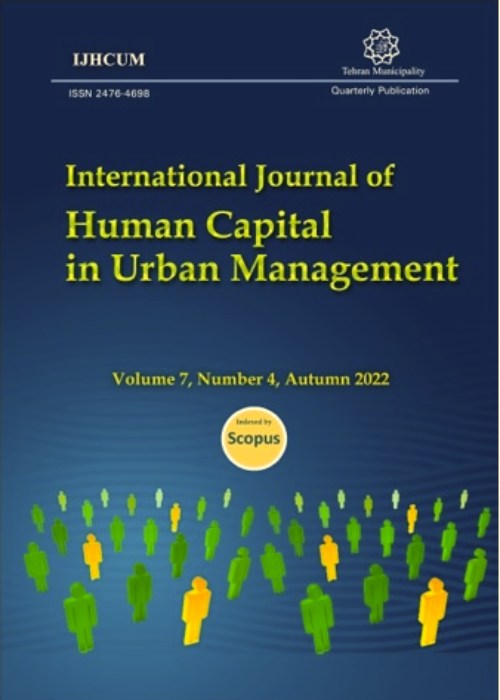The socio-demographic determinants of urban household demand for road travel in urban areas
Author(s):
Article Type:
Research/Original Article (دارای رتبه معتبر)
Abstract:
BACKGROUND AND OBJECTIVES
The demand for travel is increasing along with the development of the urban city. Since its establishment in 1890, the same situation has been replicated in Uganda, particularly in Kampala, the capital city. The city has grown tremendously, and this has spilled over to neighboring towns. Road transport carries 99 percent of the traffic in Kampala Capital City, causing massive congestion on city roads. Increased traffic could result from residents of the city or visitors from other parts of the country. Thus, understanding societal travel behaviours of city dwellers is necessary for better planning and policy guidance. This study examines the socio-demographic determinants of urban household demand for road travel in Kampala City. METHODS
Data from the Kampala Capital City Authority’s transport and household travel habits survey were used in this study. A sampling plan developed by the Greater Kampala Metropolitan Area Transport Master Plan Project was followed. Households were drawn from parishes stratified by residential typology using a simple random sampling method. Based on the social economic groupings, a proportional sample of 1906 households was drawn. Data on household characteristics, personal attributes of the household head and travel habits data were obtained. Given the observed over dispersion, a Negative Binomial Regression was estimated.FINDINGS
The results show that household daily demand for travel increase with the size, age, and education level of the head. Compared to households with 1-3 members, results indicate a significant increase in the difference between the logs of the daily trips taken by 0.329 and 0.587 for households with 4-6 and above 6 members, respectively; the older the household head, the higher the difference between the logs of expected number of trips, compared to households with heads aged 15-24 years, those whose heads are aged 25-34, 35-44, 45-54 and above 54 years, the difference of the logs of the expected number of trips taken increases significantly by 0.0769, 0.149, 0.163 and 0.212 trips, respectively; household heads working in the private sector reduces the difference in the logs of daily travel by 0.0659 trips when compared to the public sector; the more educated the household head, the more trips taken daily. Households with a private car make fewer trips than those without.CONCLUSION
Sensitization programmes for reducing unnecessary and avoidable travel and family size are required. Uptake of distribution and or redistribution polices for development activities and investments to other urban centers and regions.Keywords:
Language:
English
Published:
International Journal of Human Capital in Urban Management, Volume:8 Issue: 1, Winter 2023
Pages:
127 to 142
https://magiran.com/p2526176
دانلود و مطالعه متن این مقاله با یکی از روشهای زیر امکان پذیر است:
اشتراک شخصی
با عضویت و پرداخت آنلاین حق اشتراک یکساله به مبلغ 1,390,000ريال میتوانید 70 عنوان مطلب دانلود کنید!
اشتراک سازمانی
به کتابخانه دانشگاه یا محل کار خود پیشنهاد کنید تا اشتراک سازمانی این پایگاه را برای دسترسی نامحدود همه کاربران به متن مطالب تهیه نمایند!
توجه!
- حق عضویت دریافتی صرف حمایت از نشریات عضو و نگهداری، تکمیل و توسعه مگیران میشود.
- پرداخت حق اشتراک و دانلود مقالات اجازه بازنشر آن در سایر رسانههای چاپی و دیجیتال را به کاربر نمیدهد.
In order to view content subscription is required
Personal subscription
Subscribe magiran.com for 70 € euros via PayPal and download 70 articles during a year.
Organization subscription
Please contact us to subscribe your university or library for unlimited access!


